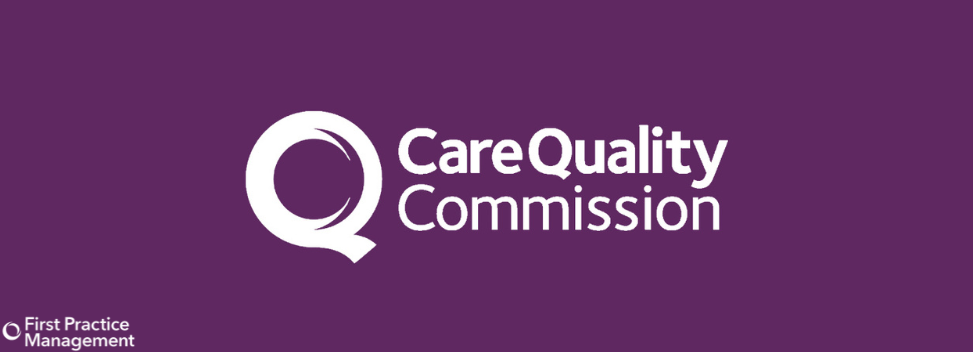
There has been a lot of change recently at the CQC, and much of that is still happening each day. Many people in various healthcare sectors are wondering if inspections are still continuing and what exactly the CQC is currently doing? We investigated their recent work and how you can adapt to their future plans.
In their latest update of 20th May, the CQC said they have implemented a workaround for publishing assessment reports that require a rating for both the location and service type so that providers aren’t waiting too long (the backlog of 500 at Jan this year stood at 38 in May).
They have also commissioned an independent review of the technology they use, as well as beginning a foundational piece of work to build a new collective vision for what good quality regulation looks and feels like. The “CQC Way” will launch in the summer.
The CQC are also hosting a series of roadshows for providers to look at core aspects of our regulatory approach. These sessions are an opportunity to support the development of a new CQC handbook for providers and set of ratings characteristics.
CQC Inspection Reports Profile Over Last 4 Weeks
You can find the reports on the 51 inspections the CQC has published in the last 4 weeks by clicking here. Below is a breakdown of those reports by rating category and by English region:
|
Rating |
Definition |
% |
|
Outstanding |
· The service is performing exceptionally well. · Care is innovative, responsive, and consistently exceeds expectations |
None |
|
Good |
· The service is performing well and meeting expectations. · Most GP practices fall into this category. |
76 |
|
Requires Improvement |
· The service is not performing as well as it should and needs to improve in certain areas. · The CQC will monitor and may reinspect to ensure progress is made |
20 |
|
Inadequate |
· The service is performing badly and action is needed to improve. · Practices rated "Inadequate" may be placed into special measures, with close monitoring and potential enforcement action. |
4 |
|
Region |
% |
|
Yorkshire & Humberside |
11 |
|
West Midlands |
15 |
|
South West |
2 |
|
South East |
13 |
|
North West |
20 |
|
North East |
4 |
|
London |
17 |
|
East Midlands |
11 |
|
East |
7 |
Key Themes in Poor CQC Ratings for GP Surgeries
1. Patient Safety Risks
• Vaccines stored improperly, potentially rendering them ineffective
• Dirty or poorly maintained premises, posing infection risks
• Inadequate medicines monitoring and patient follow-up, leading to unsafe care
2. Access and Responsiveness
• Lack of capacity to meet patient demand, with appointments often unavailable by mid-morning
• Patients redirected to A&E or NHS 111 due to appointment shortages, breaching NHS access guidelines
3. Leadership and Governance Failures
• Poor risk management systems and lack of effective leadership structures
• Failure to act on previous inspection findings, showing weak governance and accountability
4. Staffing and Morale
• Low staff morale due to unmanageable workloads and reliance on locum GPs2.
• Inadequate training or support for staff, affecting service quality and safety
5. Regulatory Non-Compliance
• Repeated "Requires Improvement" ratings without demonstrable progress can lead to breaches of Regulation 17 (Good Governance)
• Practices failing to improve may be placed into special measures, with a risk of registration cancellation
Amidst all the current CQC introspection, their inspections of Primary Care Providers continue. A different approach may well be on its way, but for now the status quo prevails. So make sure you're not only getting ready for the future, but more importantly are ready now should your next inspection happen before any anticipated change happens.
Book onto A CQC Workshop Today and Get Inspection-Ready
Thornfields run CQC-specific courses which help you to prepare for inspections and meet their standards. Why not book onto the following for your organisation?
• Preparing for a CQC Inspection
• Meeting the CQC Standards
• CQC Readiness Appraisal


0 Comments